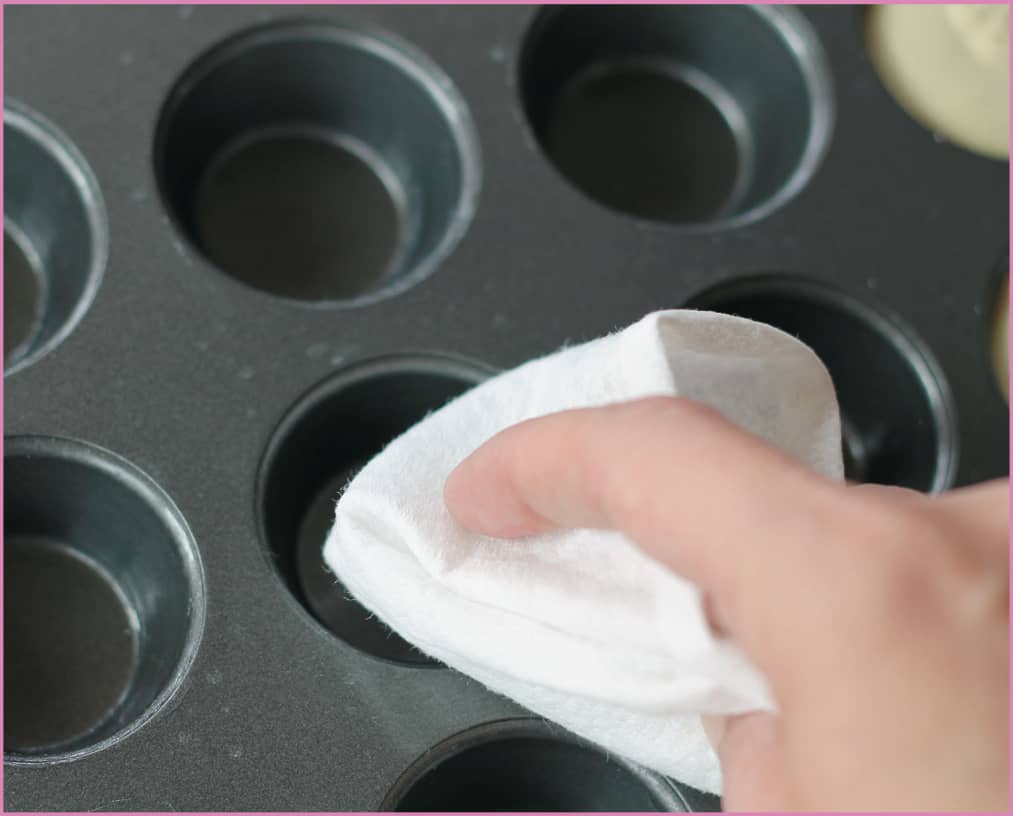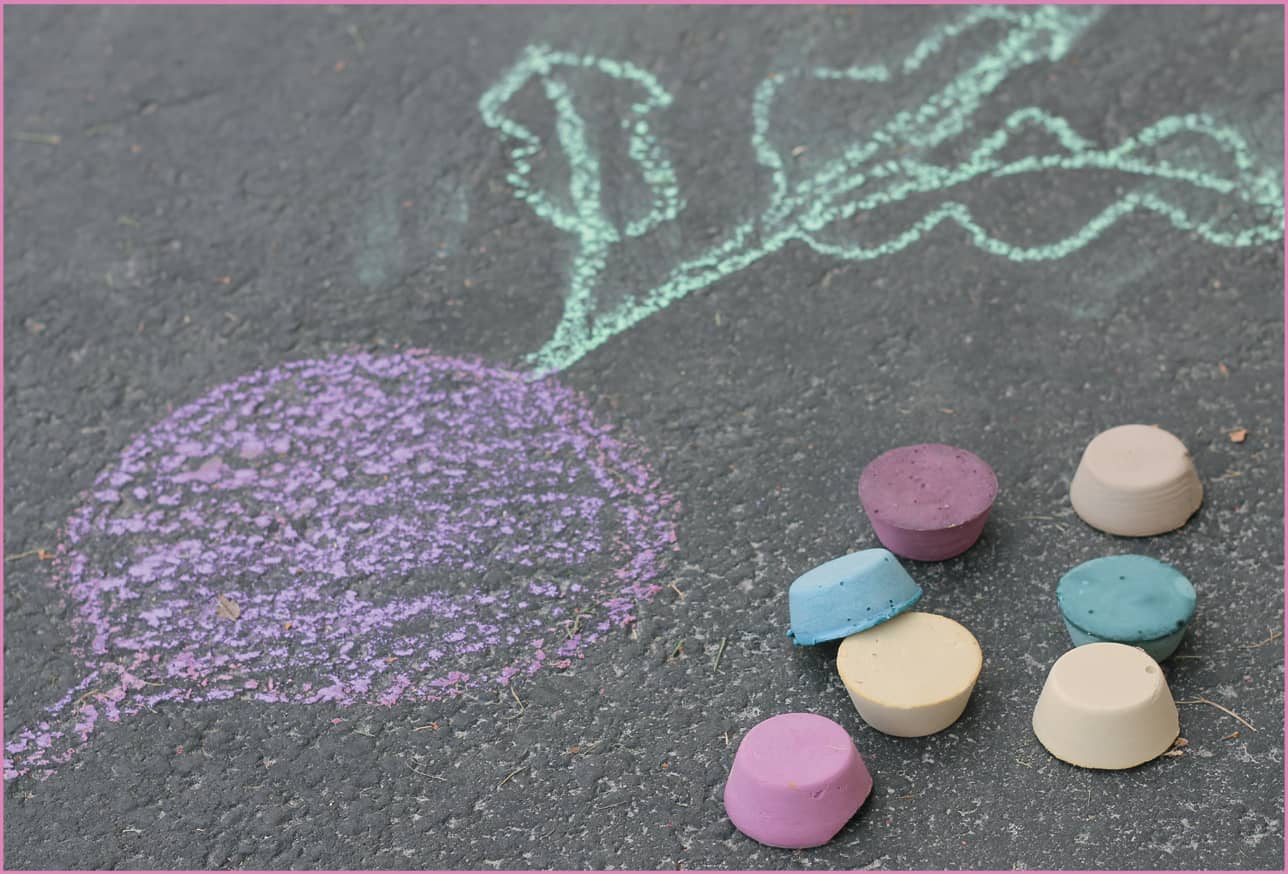Veggie Chalk

Didn’t eat your vegetables? Instead of throwing them away, use them to make a natural dye for homemade chalk! This is a fun way to experiment with creating dyes. If you don’t have leftovers, the inedible parts of vegetables, such as the peel and outer leaves, also work well. As an alternative, using the juice from canned vegetables saves time and doesn’t require cooking. If you do use the stove (or a knife) for this recipe, it’s important to do so only with adult supervision.
DIRECTIONS

1. Grease a mold with petroleum jelly.

2. If you are using fresh vegetables, chop them into small pieces. If you are using canned vegetables, skip to step 4.

3. Place each vegetable into a separate saucepan, and cover with 2 cups of water. Simmer the vegetables over very low heat for one hour. Watch the pots carefully.

4. Drain the vegetables using a fine strainer or cheesecloth. Be sure to catch the juice in a bowl. Measure out 1/3 cup of each juice, and pour into a disposable container.

5. Add 1/2 cup plus 2 tablespoons of plaster of paris to each cup and mix thoroughly.

6. Spoon each mixture into the mold.

7. Let the chalk set until it becomes hard, at least 24 hours. (Depending on the ingredients, this chalk may not keep for quite as long as other types of chalk, so get out there and use it!)

 Tip
Tip